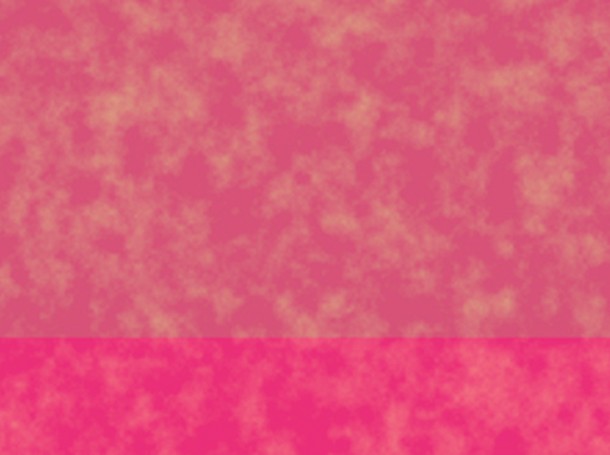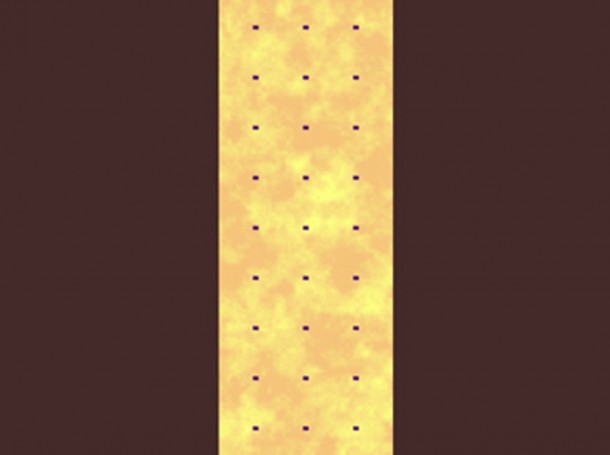Work
Plan
Caption
2012
Single channel video, colour with sound
5 minutes
Courtesy of the artist
Artist
By
Text
—
“This is a only a test” – is the first declaration in Tamara Kuselman’s hypnotic video Plan. At first, the tone sets the audience in a state of reassurance, while at the same time washing the screen with alarming colours; deep red, cold yellow and bright orange. The effect recalls those moments of rehearsal and protocol that many children of the cold war era experienced when interludes of public alarm testing interrupted our warm attachment to the household television and its programming. It is this youthful place of confusion, assurance and discomfort that is manipulated in a very affective way by Kuselman in this bold video.
The washes of solid colours disintegrate into strange zig zags, grids and obtuse delineations of space – now appearing in tinted versions of the introductory washes—purples, peaches, pale greens and brown—form digitally flat but psychedelic renderings of the screen space. Thin grey bars appear and stretch horizontally across the screen filling it vertically. Is this signal loss in the image a further threat from the uncontrollable outside forces? The colour fields and abstractions in the film pulsate with energy and movement, evoking the history of structural moving image artists such as Paul Sharits and his flicker films.
The narration performed by the artist herself, shifts in positioning from official language to a point of view perspective of an ambiguous disaster. ‘Probably there would also be smoke’, “A woman would try to open a door by banging it”, “some glass pains would be broke” and “children have their hands over their heads”. These distressing statements are delivered in a deadpan tone and overlaid with other vocalized sounds representative of
—
alarms and crashes. Reminiscent of west-coast sound poetry of the 1970s, these abrupt and dissonant noises pull you in and out of the ever-shifting abstractions that form and re-form on the screen.
Ending with a black screen and a narrative conclusion of the cataclysmic turn of events, the emergency crews arrive and the people applaud. The screen gradually fills with a colourful snowfall of confetti. Kuselman sings a child’s song about an elf in Spanish. With the lyrics “I’m the song that cleans all fears”, this abrupt but welcomed change of pace, maternally takes you away and outside of the calamity of events.
In the same way that alarm tests would absorb us and take us outside of our television cartoons, films, sit-coms and soap operas, Kuselman’s digital adaptation of this device for the screen (admittedly viewed on vimeo for the first time by me) took over my computer and suspended my attention to emails, instant messages and information feeds. In the comfort of a warm and secure office, this video is also a sly reminder that many people rely on our communication systems of convenience for mortal bearing news, on a much too frequent basis. The glut of information that is trafficked on these networks must also acknowledge and make space for the potential to carry weight, strength and force. Speedy remote forms of interconnectedness in contexts of precarity have revolutionized places and made it possible to perform new and clever forms of survival.


